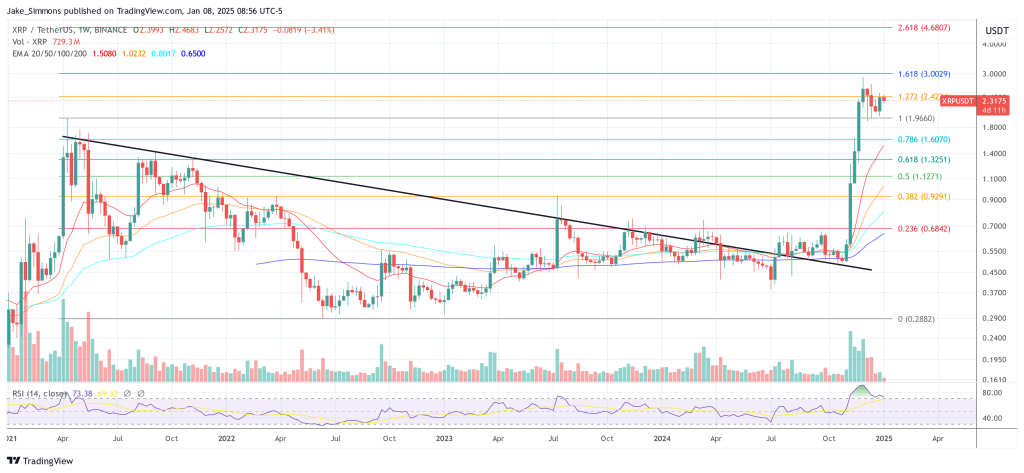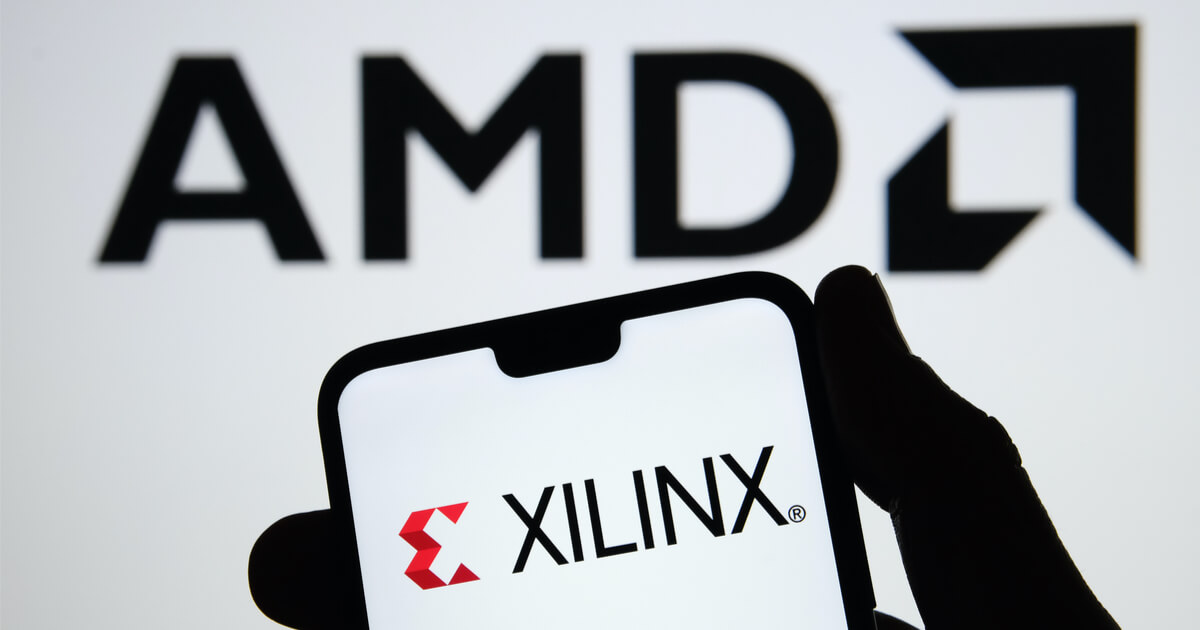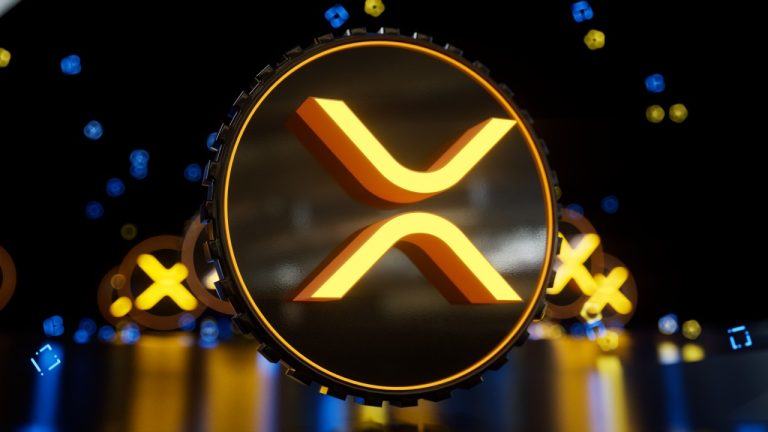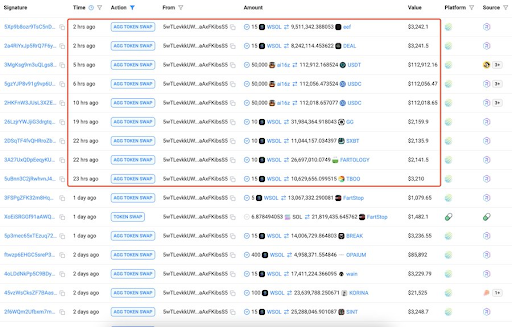TLDR at the bottom
Intro
Two systems of shared security have peaked my interest lately, as they are somewhat reminiscent of each other, as the Ethereum ecosystems looks for the best way to scale out its network. While Ethereum attempts to scale its network out as much as possible, the Cosmos ecosystem is looking to eliminate the fragmented security issue it deals with, throughout its rapidly growing ecosystem.
Let’s discuss the fundamentals of both models:
Interchain Security V1:
Interchain Security allows for new or existing blockchains, to skip the line of finding validators and let’s them hook into the existing ATOM validator set. This means that projects can retain sovereignty, have fees on chain paid in their native currency and lease the Cosmos Hubs economic security.
The Hub validators, in the scenario of running a new ICS consumer chain, will need to run a new node to validate this new network. With this being the case, the validators will also have specific requirements regarding liveness, double signing and other actions that would result in a slashing/jailing. However, rather than this slashing or jailing happening on the consumer chain, it will be their ATOM stake, that is at risk of a slash or jailing, making the economic security linked to ATOM’s economic security.
What does it take from the protocol to be added to ICS?
The chain has to be approved via ATOM Governance.
In this approval process they need to show as much info as possible to ensure this addition to the validator set will be worth the extra work a validator will have to do. But while this provides more work, it could show even more profit for ATOM validators and stakers.
These chains that lease ATOMs validator set, will be paying the ATOM validators and stakers in their native currency. Or they could pay fees in any fee token, that the consumer chain utilizes (so this could mean ATOM or another IBC native currency, could be used rather than the consumer chain having its own token). This additional yield will be on top of the staking rewards from ATOM (20% at time of writing).
Eigen Layer
Eigen Layer is a fascinating project, being built on Ethereum to allow for outside projects and chains to utilize Ethereum Validators in a way by which Ethereum validators can opt-in to validate a specific outside chain, and they will have specific requirements to meet, in order to not result in a slashing event. Essentially, under the Eigen Layer, it acts as a sort of middleman to execute slashing events, in the case of a misbehaving validator, and on behalf of a blockchain. However, instead of being a blockchain in itself, Eigen Layer is a smart contract on both Ethereum, and the new blockchain which each validator is responsible for validating.
Let me explain alittle more in depth
In the Eigen Layer model, an Ethereum validator will be able to opt-in to validating a new blockchain, utilizing the stake they ready have locked in their mainnet Ethereum stake. This process is called Restaking. The act of restaking, your stake, towards a new blockchain.
When these Validators opt-in, they have to spin up a new node running the specific code of the new blockchain, as well as the Eigen Layer smart contract on both chains. This new node, will communicate with the Eigen Layer contract, about the parameters required for the Validator to run this new node, as well as the slashing conditions for this new chain.
If a blockchain finds a Validator performing a malicious act, such as a double sign, for example, this blockchain will send a message to the smart contract on its chain, which will relay a message to the Ethereum mainnet contract, which will then unbond the Ethereum stake, slash the stake and send the remaining stake, to the validators receiving address.
This slashing mechanism, provided by the Eigen Layer smart contract, acts as a mechanism to keep the validator honest while validating the new Blockchain. It also means that Validators that opt-in to validate new chains, will likely find various new forms of revenue coming from chains seeking Ethereum’s economic Security.
Comparisons and conclusion:
Interchain Security and Eigen layer have very many similarities, in fact, Eigen layer actually tends to have many more direct similarities to Interchain Security V2, aka, Opt-in Security. This model makes it possible for Cosmos Hub validators to opt-in to specific blockchain that they may want to validate. In which case they have the exact same risk/reward set as V1 has.
However, the differences lay in the fundamentals of the base protocol of the security source. For example, the Cosmos Hub is built with IBC enabled. This makes general message passing, such as a message from a consumer chain to the Hub, regarding a slashable event seamless and wit no central trusted party performing such this task of message passing, as the functionality is built directly into the base protocol.
Eigen layer does not have this specific base layer functionality, and will have to rely on a seperate form of message passing, to inform the Eigen layer on Ethereum mainnet to slash a validator. In my research, it had not become totally apparent what method will be used for message passing, however, if there is a multisig used in it, then there is a general risk associated that is not associated with how Interchain Security is designed. However, it would be welcome to hear that the general message passing of slashing packets from Eigen layer is fully decentralized and trustless.
TLDR; Two systems of Shared Security, between Cosmos and Ethereum are being brought to market. Both of these aim to give devs sovereign control over the blockchain, while they outsource their block producing to an established set of validators with a large amount of economic security.
The differences are in the levels of the network at which they lay, with Interchain Security being at the base layer of the Cosmos Hub and Eigen layer just being a smart contract between two chains. However, both seek to make the process of building a blockchain more efficient through the model of shared security with no initial overhead for the Devs to worry about, with regard to economic security.
Lastly, a difference in the architecture is that the Cosmos Hubs Interchain Security utilizes IBC as its general message passing protocol, to send slashing/jailing packets. Where Eigen layer connected chains will likely have to use a bridging protocol, which hopefully will be extremely effective and secure, rather than a simple 5/8 bridging protocol.
[link] [comments]

You can get bonuses upto $100 FREE BONUS when you:
💰 Install these recommended apps:
💲 SocialGood - 100% Crypto Back on Everyday Shopping
💲 xPortal - The DeFi For The Next Billion
💲 CryptoTab Browser - Lightweight, fast, and ready to mine!
💰 Register on these recommended exchanges:
🟡 Binance🟡 Bitfinex🟡 Bitmart🟡 Bittrex🟡 Bitget
🟡 CoinEx🟡 Crypto.com🟡 Gate.io🟡 Huobi🟡 Kucoin.



















Comments